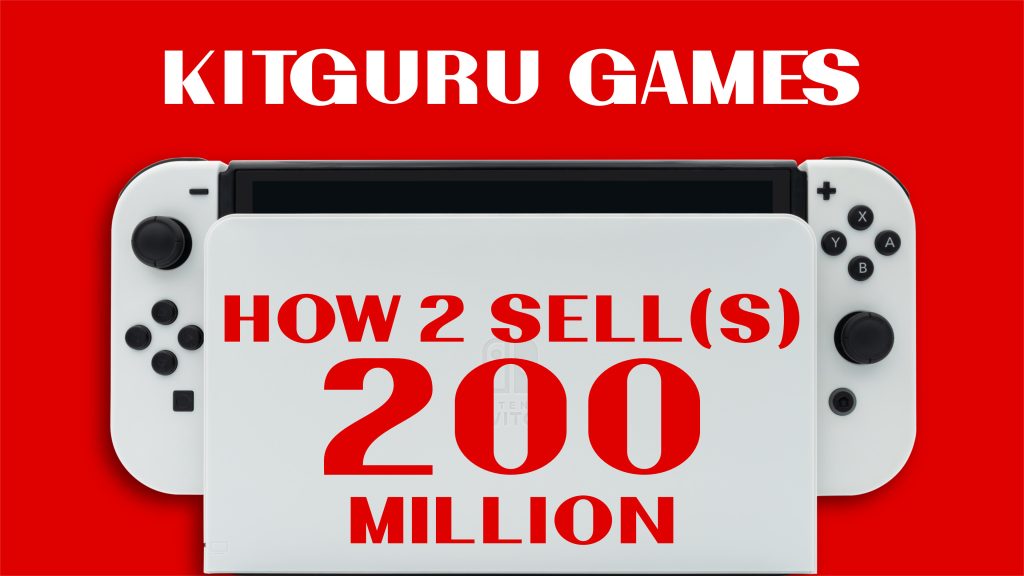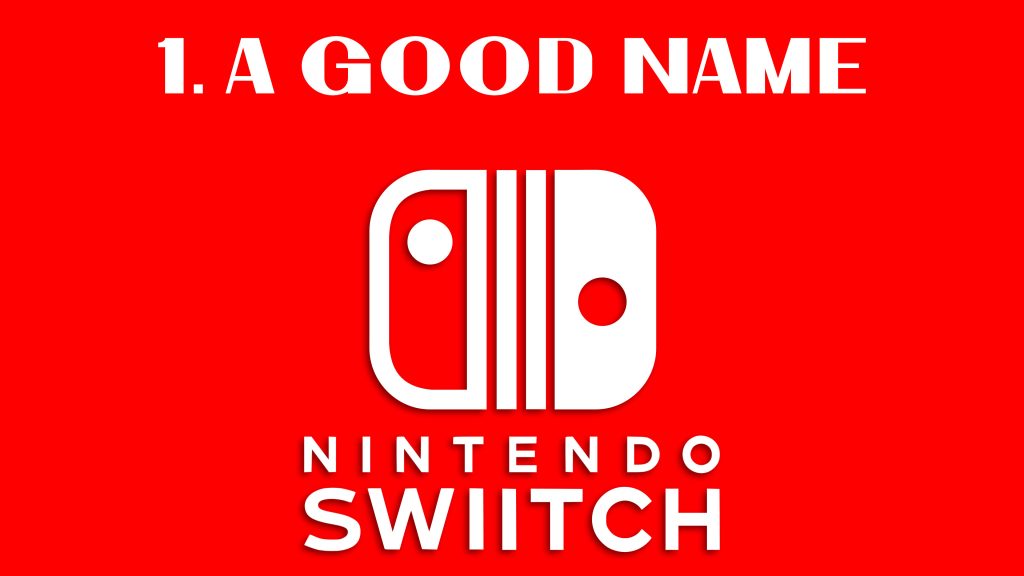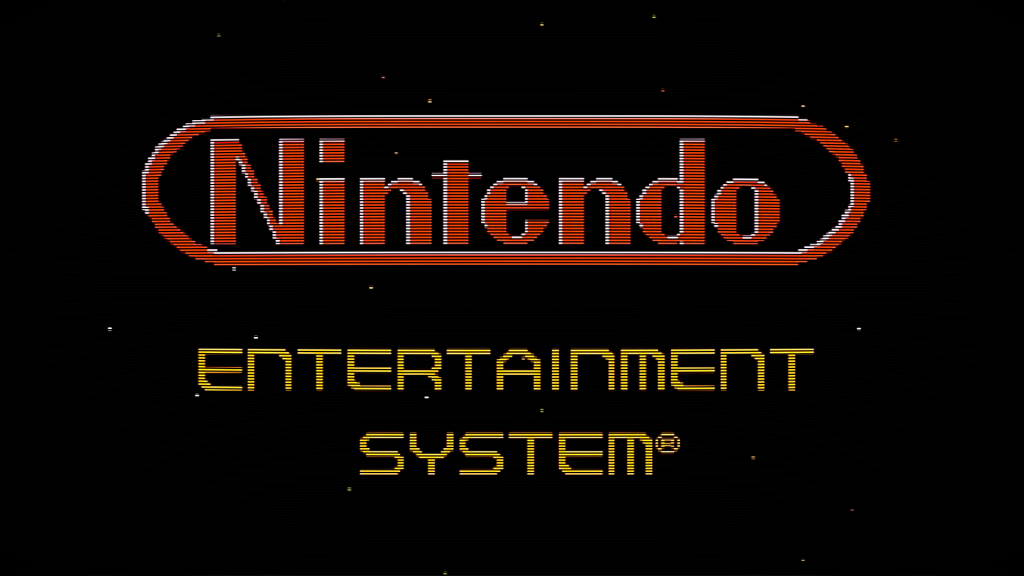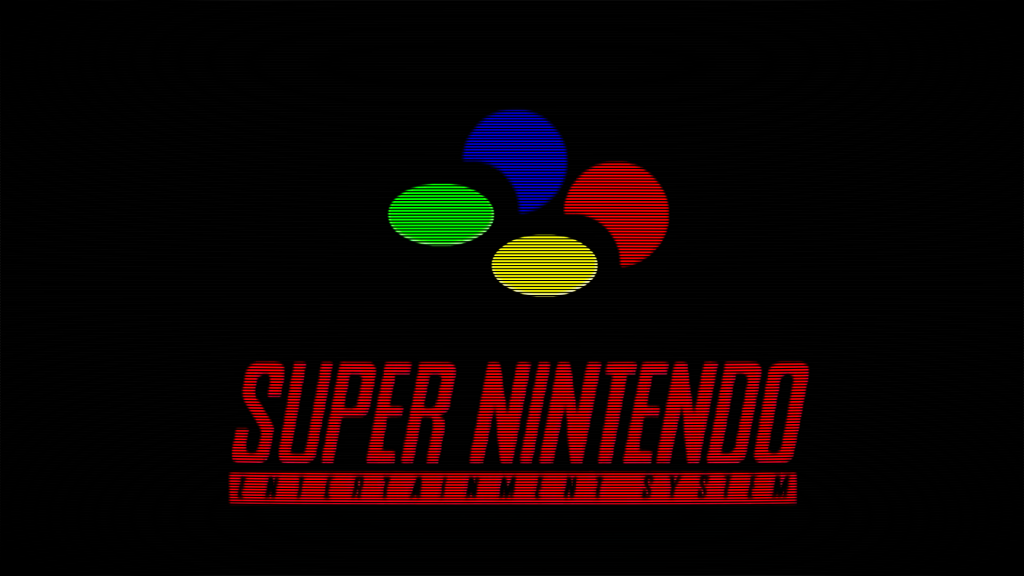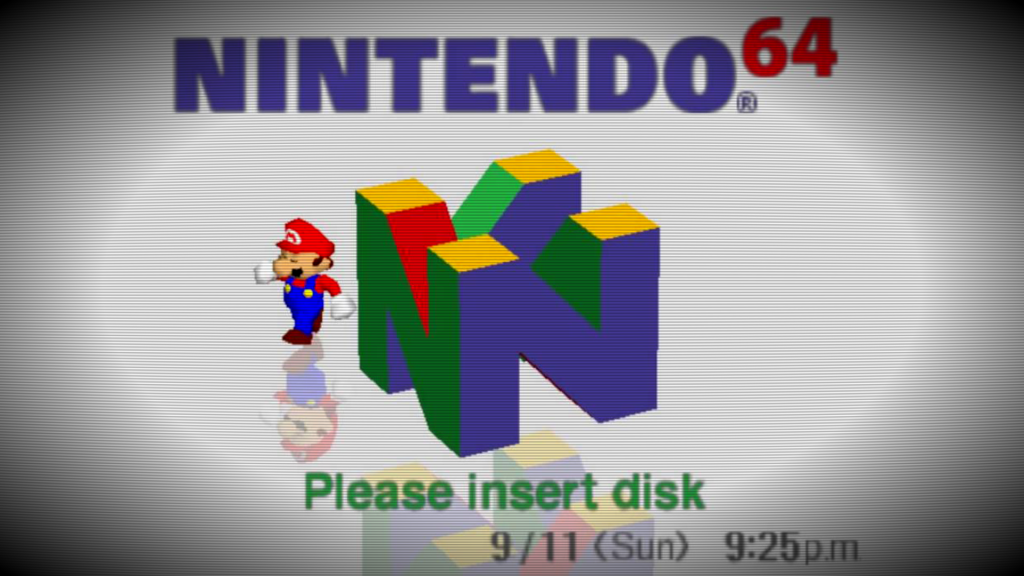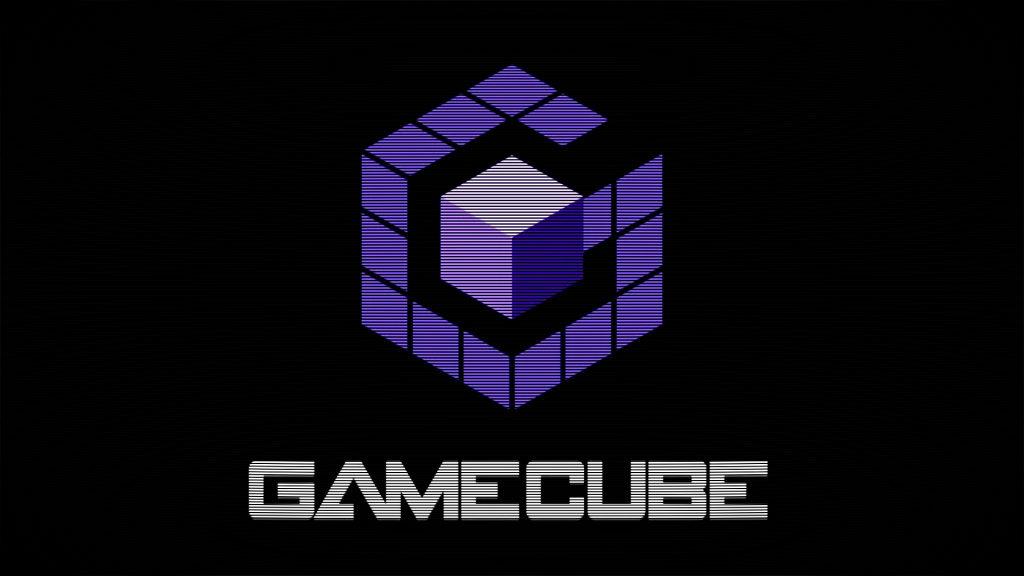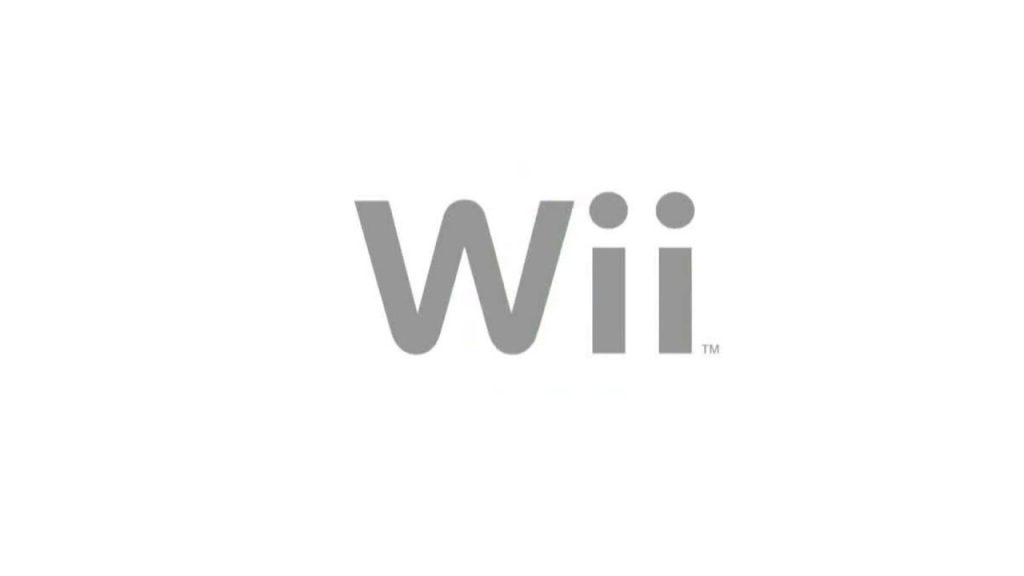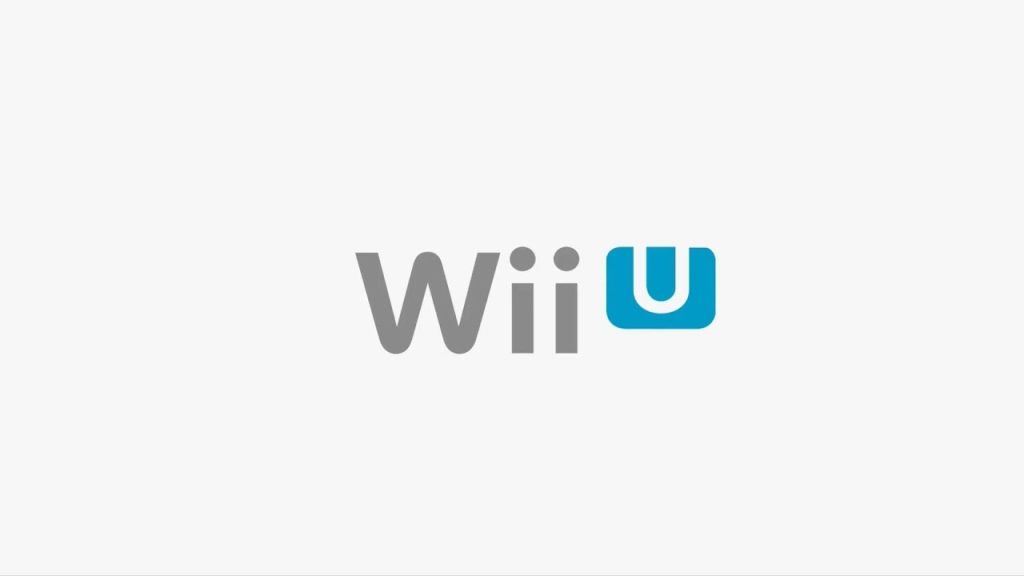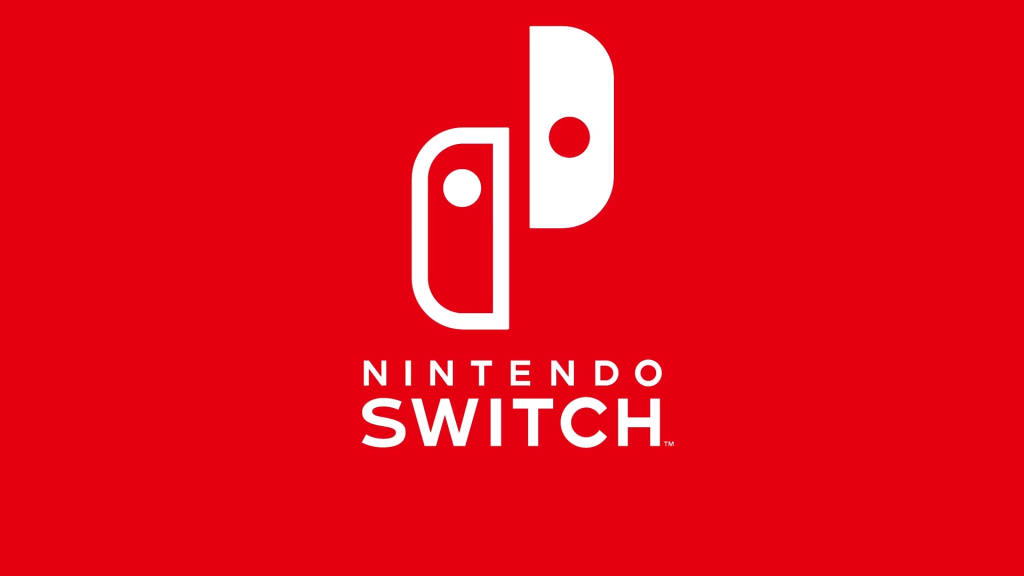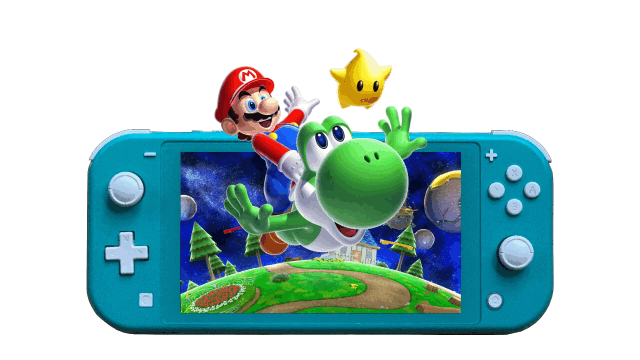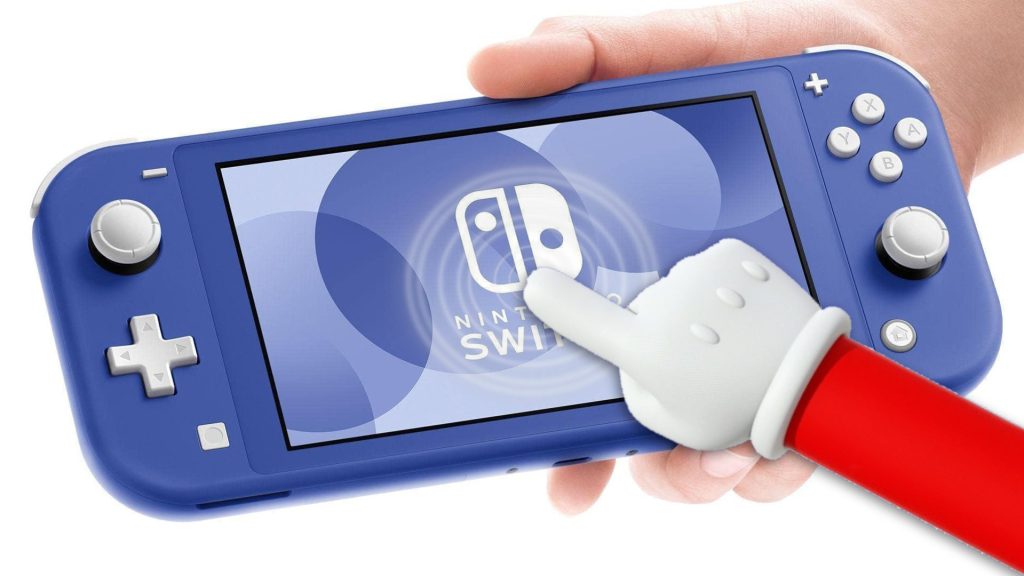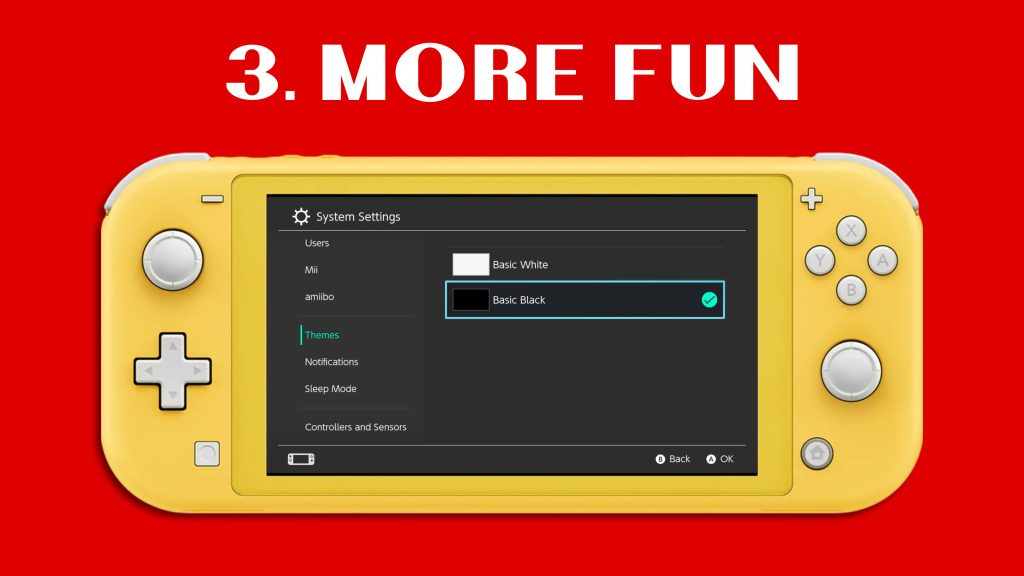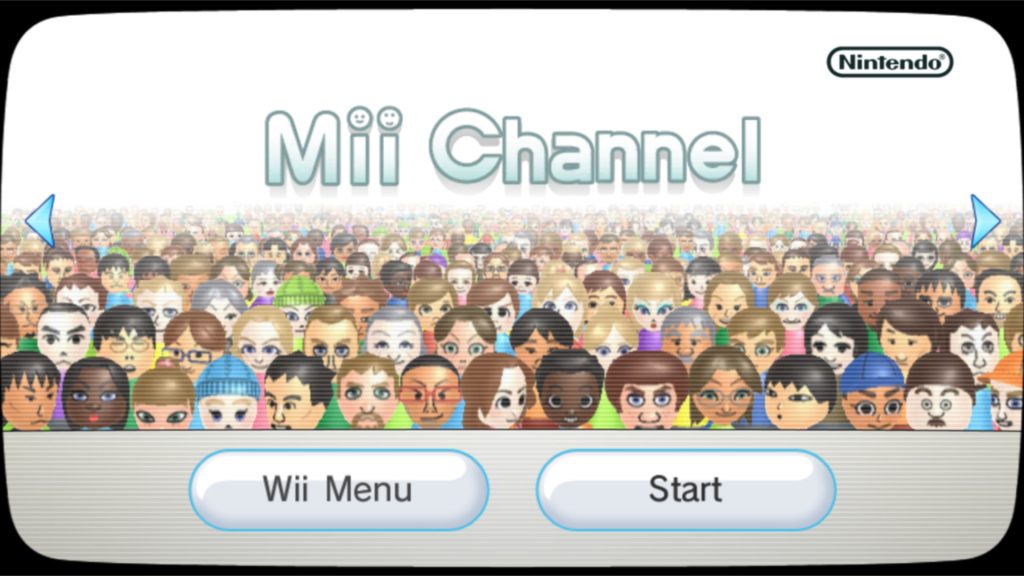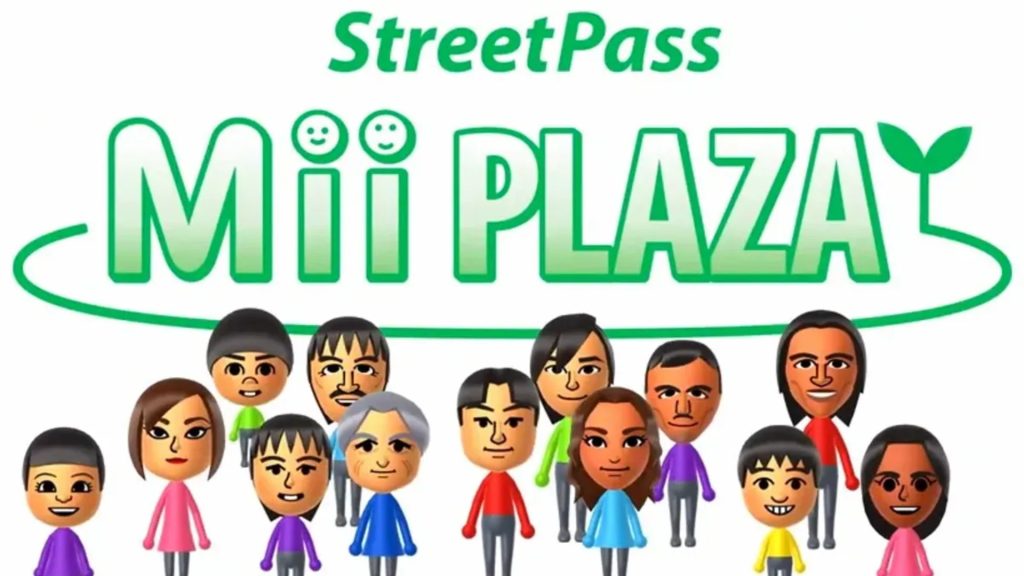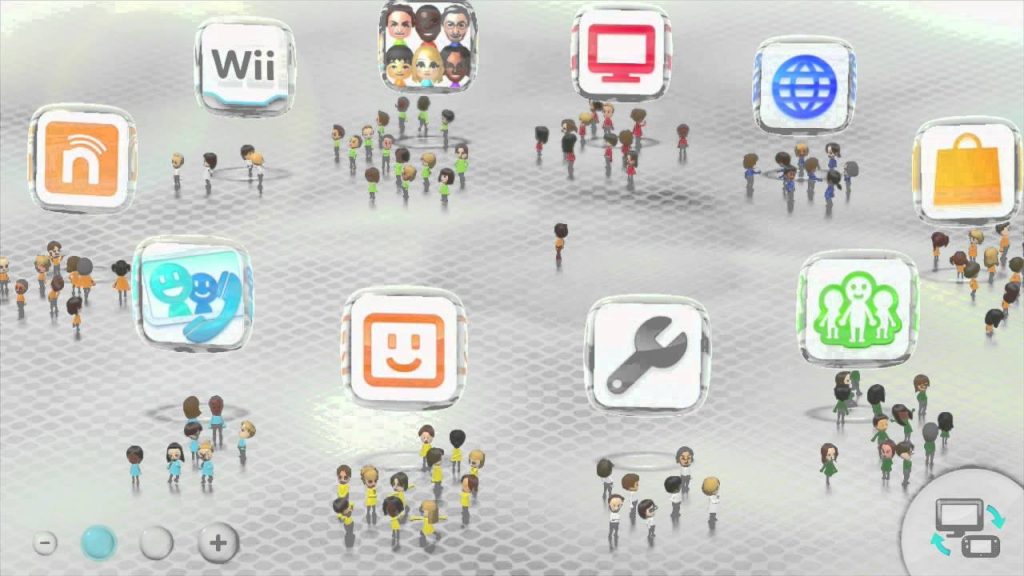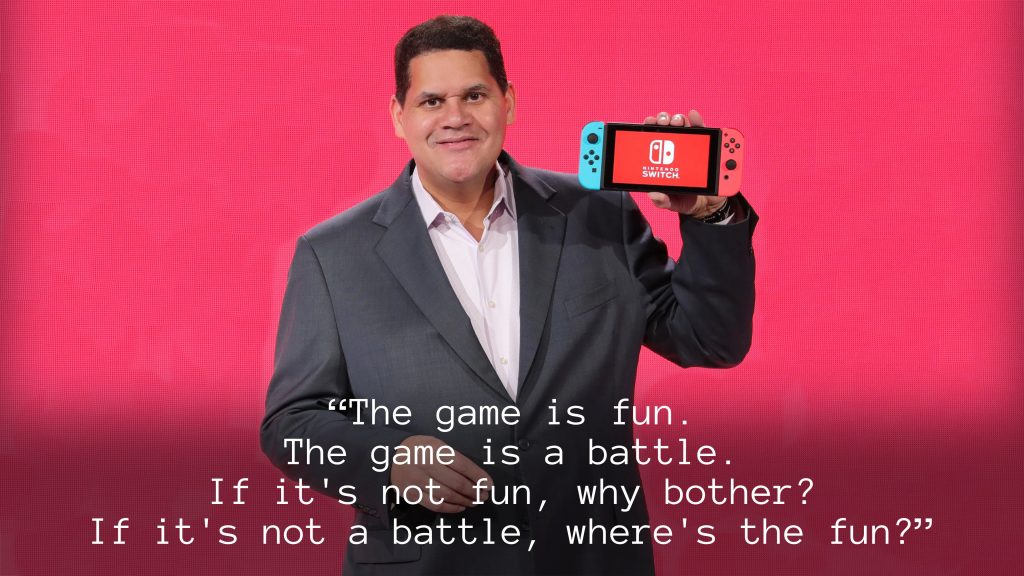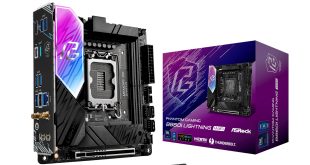The Switch is easily Nintendo’s most successful video game console of all time, with the system selling more than 146 million units over the past 7 years and managing to shift 1.3 Billion game copies during this period. The Nintendo Switch is a phenomenon and one which the company is undoubtedly stressing about hoping to replicate with its impending successor. Unfortunately, as history has shown, the console maker has not had the smoothest of track records when it comes to following-up on a successful system.
For the past many generations, a highly profitable Nintendo home console would be followed up by a relative sales flop. Of course, the most well known is the jump from the Wii (101.63 million) to the Wii U (13.56 million), but many of Nintendo’s systems have followed this trend. So, how can the console maker avoid the curse this time round – pushing past the PlayStation 2 to become the best-selling console of all time?
As 2024 comes to an end, the official unveiling of the Switch 2 appears imminent, with the console manufacturer previously claiming that they plan to announce the successor some time before the end of the fiscal year (March 2024). Additionally, leaks have begun to increasingly spring from the pipes at Nintendo HQ, with alleged system parts, schematics and more appearing online at a more regular cadence.
For the purposes of this KitGuru Games, I will be ignoring said leaks and rumours, instead opting to direct my attention towards what I think the company would need to do in order to make a successor that is not only objectively better and more fun than the original Switch, but could also break through the soft hardware sales cap of 150 million units. So, what does the Switch successor need in order to sell 200 million consoles?
For some reason unbeknownst to us all, most video game console manufacturers have been allergic to giving their systems a name and branding that makes sense. PlayStation aside – which smartly went with the normal route of offering a PlayStation, then PS2, PS3 and so forth – each successive generation of most consoles have undergone a rebranding which in almost all cases have worked against the system itself.
Of course, you’ve got Microsoft whose consoles have jumped around from the simplistic ‘Xbox’ to the ‘360’ then ‘Xbox One’ and now ‘Series X|S’. While each of these shifts in naming conventions do technically have a reason behind them, those outside of the more hardcore space could easily be left confused as to how each generation of Xbox relates to one another. Even those within the gaming media space took far too long to adjust to the latest Series X|S branding, confusing it for the One X|S and vice-versa – but we’re not here to talk about Xbox.
Switching over to Nintendo’s track record of console names, they started off pretty well with the Nintendo Entertainment System – a solid brand which could easily have continued to this day had they so desired with an NES2, 3 and so forth.
Nintendo does not operate this way however, and with the company continuously trying to reinvent what it means to be a video games console, we began to see wildly different naming conventions as the generations went on.
First there was the Super NES – not a bad name per-se, especially as in many ways the SNES was a souped up NES feature-wise, but this then left them in a position where going the traditional numbers route after the fact could retroactively set a precedent for non-numbered consoles being perceived as lesser-than.
If you choose to give your sequel consoles numbered entries, then you can’t really move away from it without making whatever comes next feel like a spin-off.
Following the SNES we got the Nintendo 64 – a somewhat outdated naming scheme brought back from the Commodore and SEGA 32X days and one which Nintendo is unlikely to ever revisit given the current state and complexity of home console hardware.
Nintendo then released the GameCube, a cute name owing to the design of the console itself, but one which had no cache in terms of branding.
Of course, the console maker would then pivot again for their next system, introducing the world to the Nintendo Wii. While a rather humorous and memeworthy name, the sheer sales success of the console did wind up making it a recognisable brand to at least 100 million people.
Everyone had a Wii, including your grandparents. Nintendo saw this and, for the first time since the SNES, incorporated the prior-gen’s branding into its successor console. Unfortunately, this would perhaps be their worst system name yet.
The Wii U was a failure for many reasons, but there’s no denying that the name played a major part in it. Even as someone who was more industry savvy than the lay-person during this era, the first time I saw an advert for the Wii U I believed it was simply an accessory usable with the OG Wii. This was not only due to the name itself, but the fact that the Wii in particular was home to countless different hardware accessories – from the pointless Wii Wheel to an infinite number of 3rd party hardware add-ons.
t also didn’t help that the console itself looked eerily similar to the original Wii and was barely shown off in said ads, in favour of focusing on the Wii U’s new GamePad. While calling it the Wii 2 would probably have not been the smartest idea, I guarantee it would have sold significantly more than it did had Nintendo gone that route.
Finally, we’ve reached the Nintendo Switch. Similar to the Wii, the Switch’s success has made the brand name recognisable by 100s of millions across the world – and with the Switch’s successor seemingly trying to make a similar Wii-to-WiiU-styled transition, Nintendo has to be careful with how it names and markets the upcoming console.
They could call it the Switch U and guarantee another generation of failure, but they won’t do that. Perhaps the most apt branding to use in this instance (given the similarity between the generations) is a SNES inspired ‘Super Switch’ – though this could also work against them as it does not necessarily designate the upcoming console as being a generational leap forward. They could of course call it the Switch 2, and while that would solve the above issue, it then presents a new one when the Switch 2 is eventually replaced by whatever comes next.
Nintendo won’t want to be pigeonholed into the Switch branding forever – especially as the name directly relates to the functionality of the system’s hybrid nature. Given how the company likes to experiment with new gimmicks and features, it is unlikely that the Switch will be the blueprint for all future Nintendo consoles. And so what happens when the Switch 2 is replaced by a new Nintendo system? All of the previously-established brand awareness goes away.
As we saw with the OG Switch, a new console can succeed despite having no connective tissue to prior consoles and their image, but it certainly makes the job that little bit harder. So, what should Nintendo call the Switch successor? Who knows, but here’s to hoping that they don't call it the Switch Too.
While Nintendo has released a couple typical consoles over its decades long history in the industry, a vast majority of their systems (handhelds included) have had some sort of weird or wacky gimmick. Of course the most obvious is the Wii and its motion controls, but you’ve also got the Wii U’s underutilised GamePad and its screen; the DS’ dual screen; the 3Ds’…3D and last but not least, the Switch’s ability to be played as both a home console and handheld seamlessly. Even the GameCube technically had a unique ‘gimmick’ – that being the console’s shape and carrying handle, making it easy to transport the system to a friend’s house.
While it’s possible that Nintendo might choose to play it safe with their upcoming console – especially as it will retain the Switch’s switchability, I believe the upcoming successor will need that one unique hardware feature or gimmick which allows for gameplay functionality that’s simply not possible on the current Switch.
Though there is absolutely no chance that Nintendo will go this route, I would love to see the company mess around with the concept of glasses-free 3D once again. This simply won’t happen as such a feature would only work when playing in handheld mode, but Nintendo was truly ahead of the curve with the 3DS – even if the hardware itself could barely handle 3D at the time. Yes, ultimately most 3DS owners turned off the 3D setting, but that was more owing to the fact that in enabling the 3D, performance could drop heavily and the original 3DS in particular struggled to keep the 3D effect consistent at anything less-than-perfect viewing angles. This was somewhat alleviated by the introduction of the New 3DS, but in reality only so much could be done with a 240p screen.
Over the past few years we have seen display makers begin to tinker with glasses-free 3D once again, and with 1080p and 4K screens becoming evermore commonplace, the effect could be wholly transformative and would serve as a unique experience not done by any other console makers. As mentioned, this isn’t going to happen any time soon, especially with the current strategy of offering a hybrid console, but such a feature would in my opinion give the Switch successor that magic feeling that Nintendo tries to chase with each new console.
Another idea which, again won’t happen, could be the implementation of a pressure sensitive screen. We’ve seen what levels of creativity Nintendo is able to operate at when using its hardware to facilitate new ideas for its software. Even something as silly as 1-2 Switch showing off the possibility of the Joycon’s HD Rumble facilitated unique puzzles and moments in regular games such as Mario Odyssey. Or, going back to the 3DS briefly, using the added depth perception to hide certain elements of levels in the likes of Super Mario 3D Land ignited that wow spark in players when encountering these unique ideas for the first time.
After almost 8 years with the Switch, its gimmicks no longer hold that same surprise factor, and so I believe Nintendo needs to bring at least one new or unique hardware feature to their next system to make it feel like more than just an enhanced Switch. Nintendo is able to do a lot with a little, so imagine how cool it could be if they did a lot with a lot.
Before they were a video game console maker, Nintendo was a toy company. This ethos and mentality remains to this day, be it with the likes of Labo, amiibos or even the dumb and silly little different noises that the Switch makes when unlocking the device using different buttons. Nintendo has always been associated with unbridled fun, but with the Switch, they lost some of that fun in my opinion.
Basically what I’m saying is that the COWARDS at Nintendo (this is a joke) need to bring back themes for their next console. Having just a simple dark and light theme made navigating the Switch’s software feel infinitely more stale than its prior consoles – especially when compared to the 3DS (can you tell I really like the 3DS?)
Bringing back the myriad of themes seen with the likes of the 3DS allows for players to not only shape the console how they want, but helps to create an increased sense of personality and personalisation. Just as how we enjoy playing with Nintendo’s games, many fans would equally want to play around with the system’s UI and visual identity.
There’s something so nostalgic about turning on my 3DS and hearing the OG Zelda 1 theme song play as I navigate the menus while a little 8-bit Link throws his Master Sword around with each click of a button. Just like with the 3DS themes, Nintendo could charge players a small fee to purchase these pointless-yet-fun additions – and as we know, Nintendo LOVES money, so the omission with the first Switch always felt odd to me.
Similarly, we’ve seen other ancillary features and freebies removed from the Switch when compared to prior systems. You can’t spend hours making a bunch of Miis which you can then parade around or share with friends.
Despite being a portable console, there’s no equivalent to the 3DS’ Street Pass, adding that extra layer of community while also giving those with few games the ability to do something with their system other than watch YouTube or Netflix.
Designing your character, having them interact with others, all the while unlocking a bunch of mini-games was PEAK Nintendo in many ways. Yes, some of these experimental additions wound up biting the company in the backside a little bit (look up the DS’ PictoChat reports for reference), but being able to play and interact with friends and familiars through the console’s own pre-installed apps was a fun way to waste a bit of time – or for some people a lot of time.
Sure, these free apps could theoretically take away from spending time and money on paid games, but there’s always something special about opening up a new console for the first time and messing around with the system’s on-board experiences. Even Sony has embraced this more than Nintendo in recent years with the Likes of Astro’s Playroom.
It not only helps to serve as somewhat of an olive branch towards those who just dropped £300+ on your new system, but can also show off what makes the new console feel like a new console. And, as we saw with the Wii, sometimes these small experiences can later be expanded outwards into full-blown experiences.
Just think of the sheer abundance of Mii games released over the course of the Wii’s lifecycle. None of those would have existed without the company first offering an admittedly basic character creator which fans grew to love and appreciate both from the off, and over many more years of use. The Switch was easily the most stale console Nintendo have released in this regard, and so I hope with its successor, Nintendo chooses to bring back some of the fun.
Regardless of whether Nintendo opts to implement any of these or not, the Switch Too / Super Switch / Switch U / Swiitch is going to be just fine. While nothing it truly too big to fail, with the sheer success seen with the Switch, it does feel as though no matter what the company does, their next console will easily break into the top 10 best-selling consoles of all time with little to no effort.
As we’ve seen however, even a juggernaut such as Nintendo is not infallible, and so I hope both for their benefit (but mostly for the benefit of the fans) the company does so much more than just give us a beefed up Switch. Fortunately, after almost a decade, we won’t have to wait too much longer for whatever they have in store.
KitGuru says: Are you excited for the Switch’s successor? What do you hope to see them build upon with this next console? Which Nintendo system was the most ‘fun’ in your opinion? Let us know down below.
 KitGuru KitGuru.net – Tech News | Hardware News | Hardware Reviews | IOS | Mobile | Gaming | Graphics Cards
KitGuru KitGuru.net – Tech News | Hardware News | Hardware Reviews | IOS | Mobile | Gaming | Graphics Cards


